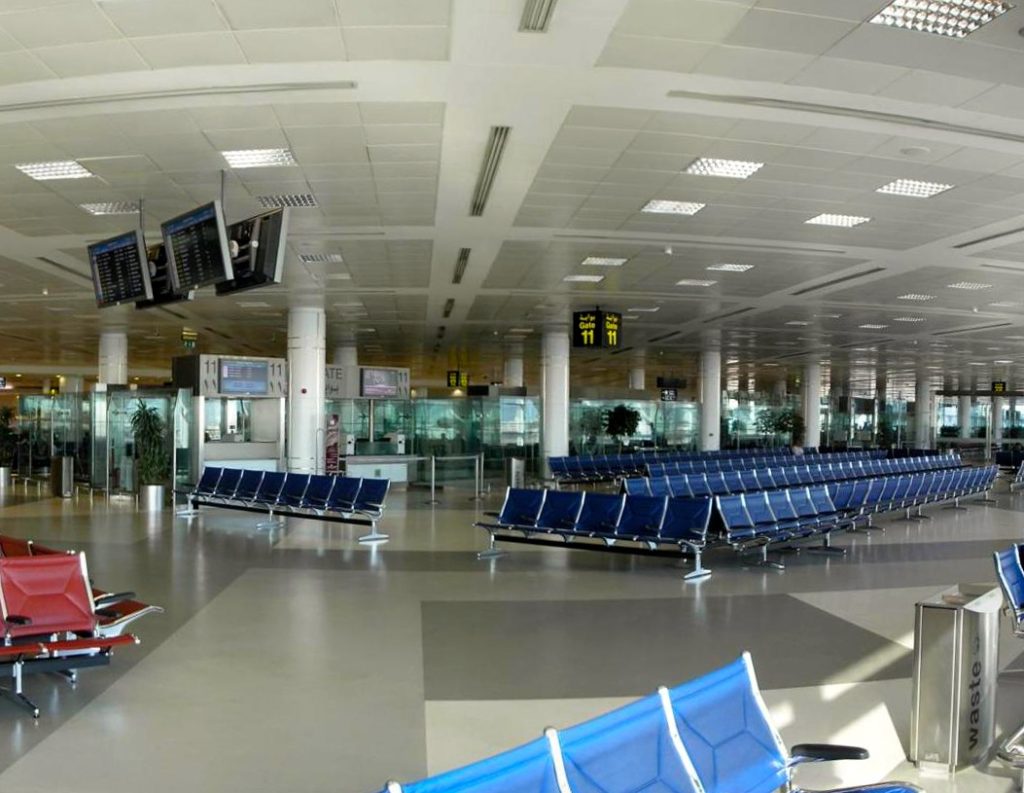ASIAN AIRPORTS – WHY ARE THEY BETTER?
The security backlog created a situation where people may miss their flights and after about an hour we were finally pushed closer to the front of the line by airport employees so that we could make our boarding time.
Four European airports made the top 10 (Munich, Zurich, Heathrow, and Frankfort) and the first one to make the list from the Americas was at fourteen (Vancouver Canada) and USA did not make the top 100 until number twenty-nine (Denver).
Skytrax based the 2018 results on 13.73 million airport survey questionnaires. It was conducted by 100 different nationalities of airline customers covering 550 worldwide airports. The survey was available in three language options (English, Spanish, and Chinese) and evaluated airport services. It covered indicators such as check-in, arrivals, transfers, shopping, security, immigration, and departure.
Why are the Asian airports ranked so much higher?
It is all about the passenger experience and with Asian airports being newer and bigger with perks such as indoor gardens, driving ranges, sleeping areas, skating rinks, and fine dining, many European and American airports appear claustrophobic and dated. It is not just about the amenities. Waiting times to check in, go through security, and transfer add to the experience, making it good or bad.
The Economist found, after investigating over one million flights, that 67% of people that fly out of America arrive at a more highly-rated airport than their American departure airport and Patrick Smith, of Ask the Pilot blog, feels that many major American airports are “incredibly noisy, dirty, and just generally user-unfriendly”.
Economic Factors

Edward Clayton (Managing Director PWC) points out in his article, Airport Infrastructure in Asia, Coping with the Demand, that currently Asia has 41% of the world’s middle class as it rapidly becomes a higher income region. By 2033, it is predicated that Asia’s middle class will rise to 68% of the world’s middle class. As the economy grows in the region, the proclivity to travel increases.
According to Clayton’s report, Asia has just 0.22 airports per million inhabitants, smaller than anywhere in the world, but “these airports serve an average of 1.75 million passengers, well above the mature aviation markets of North America and Europe”.
With this large demand and newer airports in Asia, more effort and money is put into achieving passenger expectations.
Geography
Clayton also notes that at common economic levels, people in Asia use air travel more than their European and American social group.
Large distances between Asian cities with geographical challenges of mountains and islands do not make highways and train links viable, making air transportation the only possible method to journey between cities.

The Problems for Europe and North America

Kevin M. Burke, Airports Council International North America President and CEO, feels that the lack of dedicated infrastructure investment is part of the problem and it is necessary to update as most airports are old and are running over capacity, creating the long lines and frustrations that many travellers feel.
Burke continues by pointing out that many American airports are over 40 years old and were built before security issues became important, while Asian airports are newer and built with security and immigration restrictions in mind.
Outside of Asia, local authorities are usually responsible for airports and the surrounding infrastructure, making funding for updating and maintenance difficult. Governments need to start realising that in order to keep economically viable, an investment in airports is vital. “Infrastructure investment in airports is reinvestment in the communities they connect to rest of the world.”, according to Burke.
The Future
User centred airports are important to the traveller and many Asian airports put the customer first rather than thinking of them as an inconvenience.
According to the report, Building sustainable, inclusive transportation systems, in the future, there will be a “technological revolution in transportation that will affect all users, passengers, and freight shippers alike, and will inevitably drive new approaches by regulators, funders, and policymakers” and this will require “close collaboration by governments, academics, systems developers, investors, and users. Most of all, it requires a clear vision of what a user-centred transport system will look like, what it will take to build it, and how to appraise it in a way that takes into account the total impact of the investments and policies that are under consideration.”

Air travel may have started in Europe and North America, but Asia has embraced the new era of air transportation.

